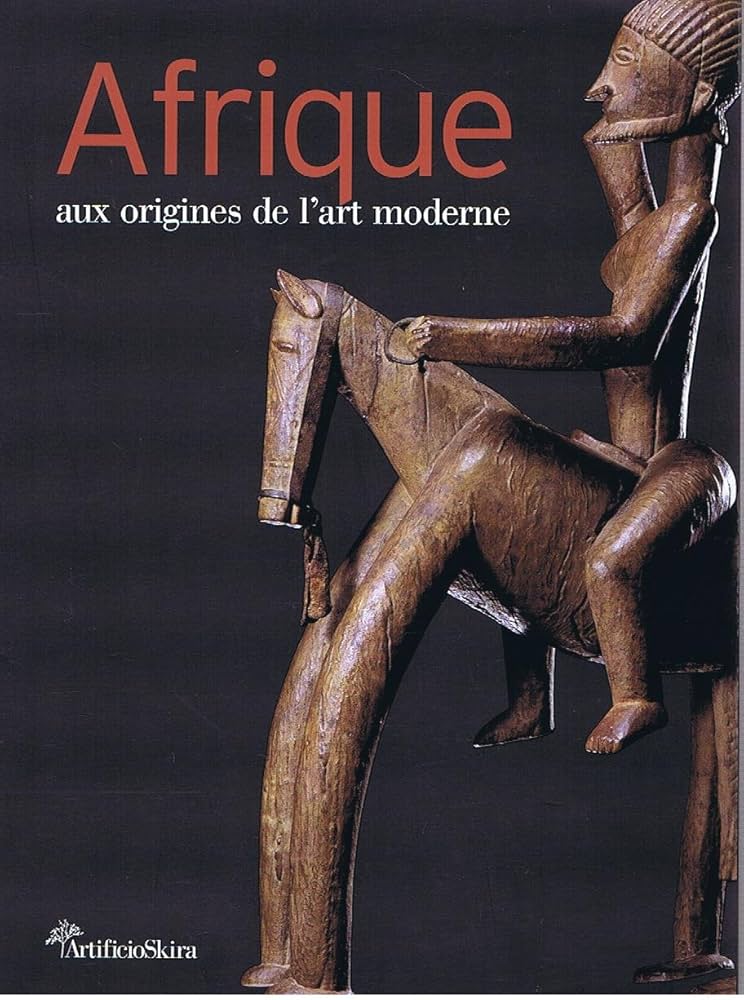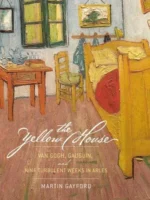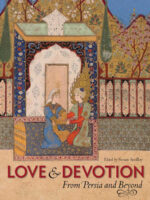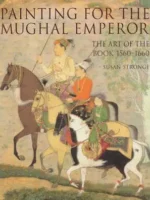Afrique aux origines de l’art moderne Review
Afrique aux origines de l’art moderne (Skira) explores how African forms, materials, and philosophies shaped modern art. It pairs historical objects with early 20th-century European works to trace influence, appropriation, and dialogue.
Overview
Essays and plates cover masks, sculpture, textiles, and ritual objects alongside Cubism, Fauvism, Surrealism, and later postcolonial responses. Provenance, collecting histories, and museum displays are scrutinized.
Summary
The catalog shows formal borrowings—abstraction, fragmentation, scale—while probing power: colonial extraction, dealers and salons, and how artists reframed source objects as “art.” Contemporary African voices reposition authorship and meaning.
Authors
Curators and scholars contribute cross-disciplinary chapters with careful object histories and comparative analysis.
Key Themes
Influence vs appropriation; ritual function vs gallery context; collecting networks; reattribution and restitution debates.
Strengths and Weaknesses
Strengths: strong visual juxtapositions, provenance attention, and balanced critique. Weaknesses: uneven regional depth and limited technical conservation notes.
Target Audience
Art historians, curators, collectors, designers, and readers of modernism’s global story.
Favorite Ideas
Form travel without context loss; rewriting labels to credit makers; dialogic hangs that de-center Paris as sole engine.
Takeaways
Modernism is entangled with Africa’s material intelligence. Acknowledge sources, histories, and ethics to see the full lineage of “modern.”









